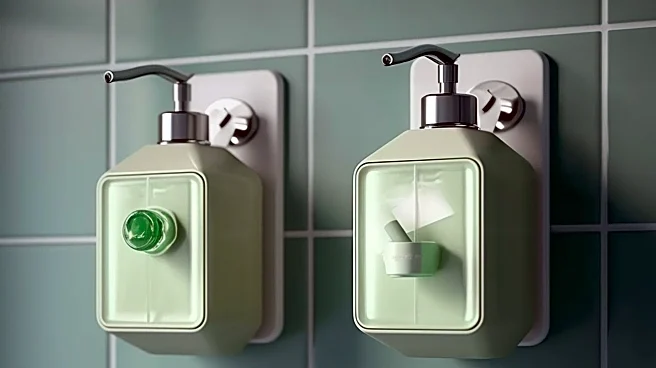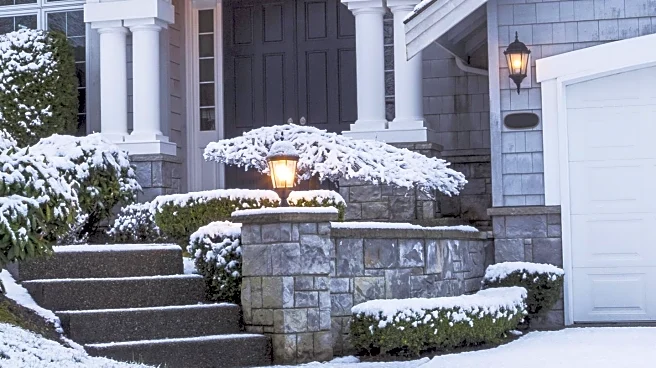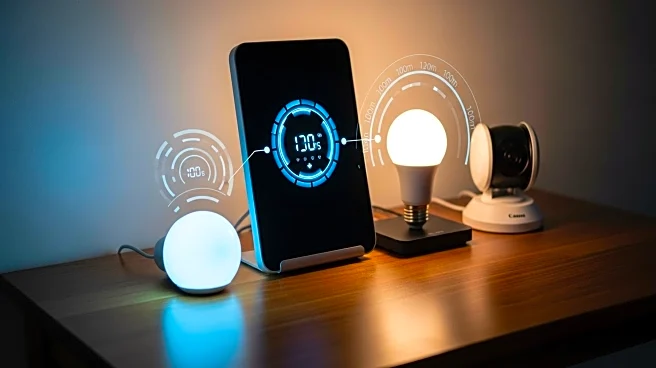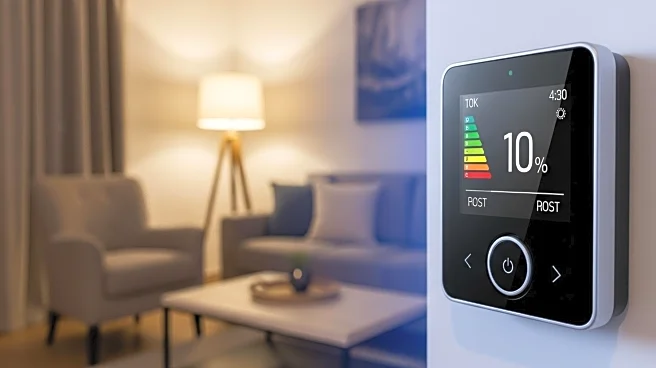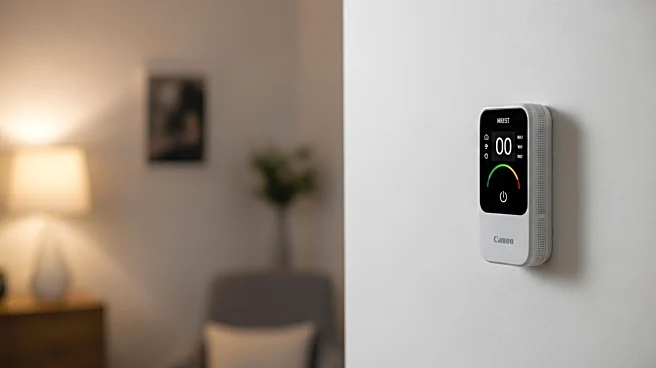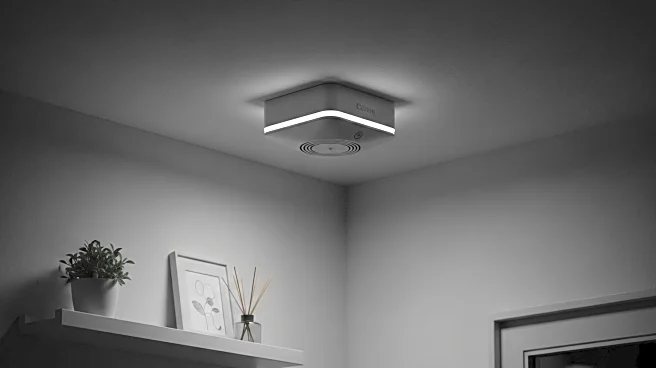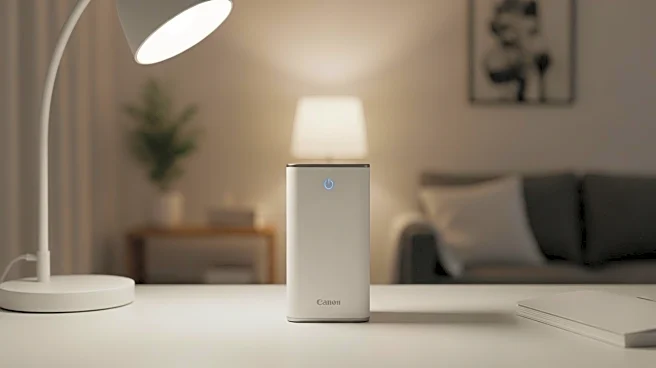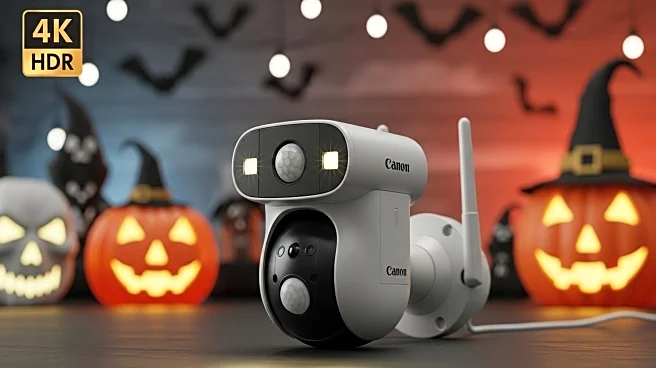What's Happening?
A new outlet extender is gaining attention for its ability to solve common problems associated with limited and awkwardly placed electrical outlets. This device, praised for its simplicity and ease of installation, allows users to convert horizontal outlets to vertical ones, providing more accessible power options. It includes USB ports for charging devices and a phone ledge for added convenience. Users have reported significant improvements in their ability to charge multiple devices simultaneously, especially in older homes with limited outlets. The extender is particularly useful for areas where furniture blocks access to outlets, offering a practical solution for modern living spaces.
Why It's Important?
The outlet extender addresses a widespread issue in many homes, where the placement and number of electrical outlets can limit functionality and convenience. By providing additional charging options and improving accessibility, this device enhances the usability of living spaces, particularly in older homes with outdated electrical configurations. The inclusion of USB ports reflects the growing demand for versatile charging solutions as more devices rely on USB power. This innovation is significant for consumers seeking to optimize their home environments without extensive electrical modifications.
What's Next?
As consumer demand for convenient and efficient home solutions continues to grow, similar products may emerge, offering even more features and compatibility with smart home systems. The success of this outlet extender could inspire manufacturers to develop more advanced versions, potentially integrating smart technology for enhanced control and monitoring. Consumers can expect increased availability of such devices, catering to the need for adaptable and user-friendly home solutions.
Beyond the Headlines
The popularity of the outlet extender highlights broader trends in home improvement and technology integration. As homes become more connected, the demand for devices that enhance functionality and convenience will likely increase. This shift towards smarter living environments raises questions about energy efficiency and sustainability, as consumers seek solutions that not only improve usability but also reduce energy consumption.
